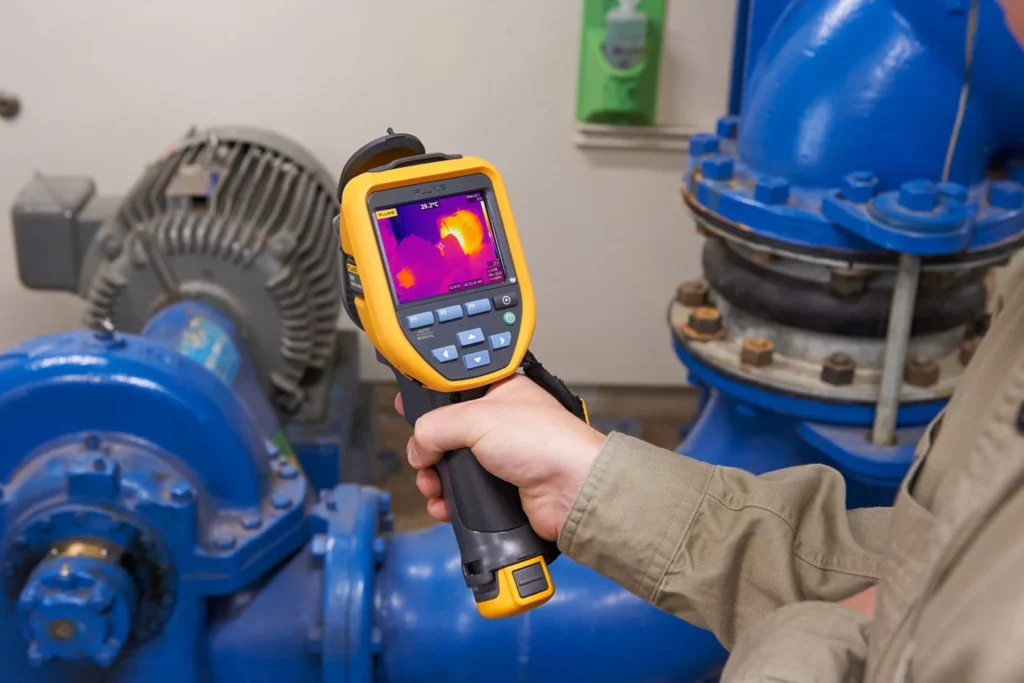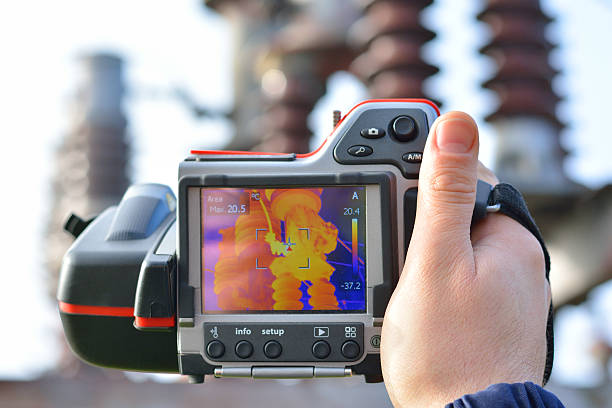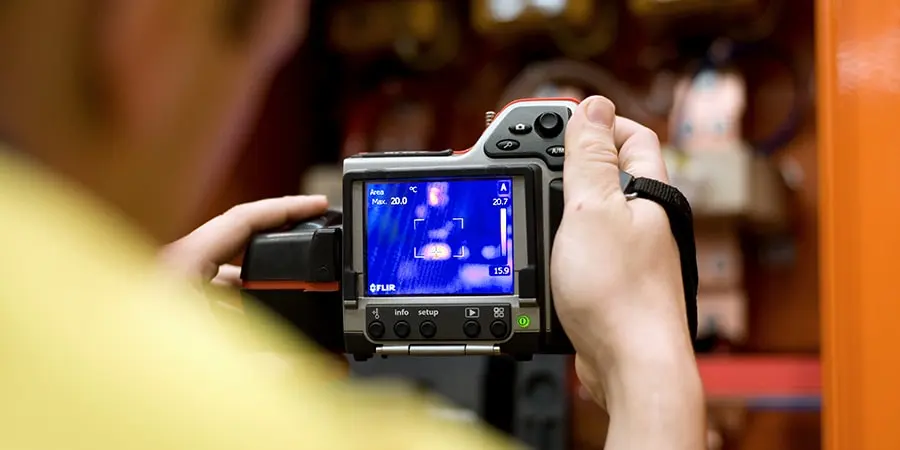In the fast-paced world of modern business, efficiency is often the key to success. Every operation, from manufacturing to logistics, can benefit from streamlined processes and optimized resource allocation. One innovative tool that is increasingly gaining attention in the corporate world is thermography. In this article, we will explore how businesses can harness the power of thermography to create heat maps that enhance their operational efficiency.

The Essence of Thermography
Before delving into its business applications, let’s understand what thermography is. Thermography, also known as infrared imaging, is a technology that captures the thermal radiation emitted by objects. Unlike visible light, which our eyes can perceive, thermography records infrared radiation (heat) and converts it into a visual representation.
How Thermography Works
Thermography relies on specialized cameras equipped with infrared sensors. These sensors detect temperature variations in objects and display them as a color gradient. Hotter areas appear as bright colors, while cooler spots are shown as darker hues. This technology offers a unique perspective on heat distribution, making it invaluable in various industries.
Business Applications
Energy Efficiency
One of the primary uses of thermography in business is in the field of energy management. Companies can use thermal imaging to identify areas of heat loss or inefficiency in their facilities. By creating heat maps of their buildings, they can pinpoint insulation problems, detect faulty HVAC systems, and optimize energy consumption.
Preventive Maintenance
Thermography is a game-changer when it comes to preventive maintenance. Businesses can use thermal imaging to inspect machinery and equipment. By regularly monitoring heat signatures, they can detect overheating components or electrical issues before they lead to costly breakdowns. This proactive approach minimizes downtime and extends the lifespan of assets.
Logistics and Inventory Management
In the realm of logistics, thermography has applications in inventory management. By creating heat maps of warehouses, businesses can visualize the temperature distribution of their storage spaces. This is particularly crucial for companies dealing with perishable goods or temperature-sensitive products, ensuring that items are stored under optimal conditions.
Quality Control
Thermal imaging is a powerful tool for quality control in manufacturing. By inspecting products with infrared cameras, businesses can identify defects or inconsistencies that may not be visible to the naked eye. This ensures that only high-quality products reach customers, reducing returns and enhancing reputation.

Advantages of Thermographic Heat Maps
Non-Invasive
Thermography is a non-invasive technique, meaning it doesn’t require physical contact with the object being inspected. This is particularly advantageous when assessing delicate or sensitive equipment.
Real-Time Insights
Thermal imaging provides real-time insights into heat distribution. Businesses can monitor changes and anomalies as they occur, allowing for immediate action.
Cost-Effective
Investing in thermographic technology can result in significant cost savings in the long run. By identifying issues early and optimizing operations, businesses can reduce maintenance expenses and increase efficiency.
Conclusion
In the competitive landscape of today’s business world, staying ahead often means embracing innovative technologies. Thermography, with its ability to create heat maps and provide valuable insights into temperature variations, is proving to be a valuable asset for enhancing efficiency across various sectors. From energy management to quality control, the applications of thermographic heat maps are diverse and promising. As businesses continue to seek ways to streamline their operations, thermography is likely to play an increasingly integral role in their strategies for success.
How does thermography work in heat maps?
Thermography uses infrared sensors to capture temperature data and convert it into visual representations, allowing businesses to identify temperature variations in real-time.
Is thermography only suitable for large businesses?
No, thermography can benefit businesses of all sizes. Small and medium-sized enterprises can also make use of this technology to improve efficiency and reduce costs.
Can thermography be used for home inspections?
Yes, thermography is used in residential inspections as well. It can identify issues like insulation problems, water leaks, and electrical faults in homes.
What is the cost of implementing thermography in business operations?
The cost varies depending on the scale and complexity of the implementation. However, the long-term savings often outweigh the initial investment.
Are there any safety concerns related to thermography?
Thermography is a non-invasive and safe technology. It does not emit radiation and can be used without posing any risks to humans or the environment.
Can thermography be integrated with other business systems?
Yes, thermography data can be integrated with other business systems for a comprehensive view of operations. This integration can enhance decision-making.







